In today’s busy world, it can be a challenge to squeeze in time for physical activity. Whether you’re a beginner or a seasoned workout enthusiast, deciding between an at-home gym or gym membership can be difficult. There are several factors to consider when determining which one is best for your lifestyle, such as convenience and cost. This blog post will compare the two options and help you decide which is most suitable for your fitness goals.
Factors to consider when choosing types of Gyms
Convenience
One of the main factors to consider when choosing a type of gym is the convenience of the location. Gym-goers should look for gyms that are close to home, work or school and offer flexible hours. This makes it easier to attend workouts without having to worry about travel time or parking.
Cost
The cost of joining a gym is important to consider when deciding which type of gym is best for you. Not all gyms are created equal in terms of pricing, and it’s important to understand the value that a particular gym offers for its members. Look for gyms that offer discounts and flexible payment plans.

Facilities
Another factor to consider when choosing a type of gym is the facilities offered by each one. Does the gym have an indoor pool, sauna, hot tub, or steam room? Are there any special amenities such as yoga classes, group exercise classes, or personal training sessions? These features can greatly enhance your workout experience and should be taken into account when selecting a gym.
Atmosphere
The atmosphere in a gym is another important factor to consider. People enjoy being around others who are motivated and have similar fitness goals. Look for gyms that have a positive, supportive atmosphere and where members feel comfortable and welcome.
Staff
The staff at the gym you choose can make or break your experience. Make sure the instructors are knowledgeable and approachable, as well as willing to answer any questions you may have about exercise programs or nutrition plans. Good customer service is essential when selecting a type of gym.
Effectiveness
Take into account the effectiveness of the gym’s exercise programs. Ask questions about the types of equipment available, as well as how often you can use them and what results you can expect from each program. You should also inquire about any nutritional advice or counseling that is offered. These factors will help you make an informed decision when choosing a type of gym.
Motivation
Consider the motivation level of the gym’s members. Do people regularly attend classes and use the equipment? Or do they often seem bored or uninterested in working out? A motivated gym environment can help keep you on track with your fitness goals.
Hygiene
Make sure to check the hygiene of the gym. A clean and well-maintained facility is important for your health and safety. Be sure to inspect the locker rooms, showers, floors, and weights for any signs of dirt or bacteria. The more you know about a particular gym before joining, the better-informed decision you can make when choosing a type of gym [1].
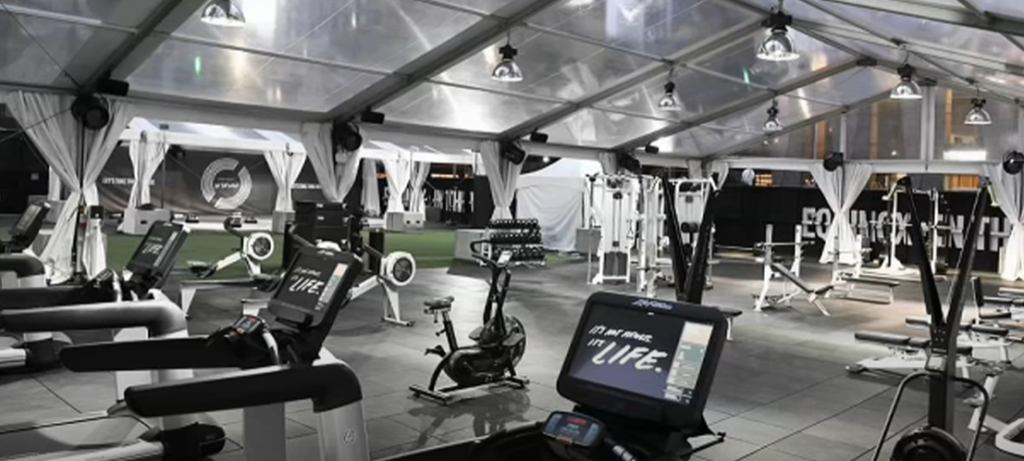
Pros of setting up a Home Gym
Save Money on Membership Costs
First and foremost, the biggest benefit of having a home gym is that you don’t have to worry about paying monthly or annual fees for a gym membership. Depending on the gym, these costs can quickly add up over time. With a home gym, you only have to pay upfront costs for the equipment and accessories that you need. This eliminates any recurring fees associated with traditional gyms.
Convenience of Location
Another major advantage of setting up your own home gym is that it’s convenient no matter where you live. You won’t need to travel to make it to your workout session, so you save time and energy along the way. Plus, if running errands or picking up children from activities during the day, you can easily squeeze in a workout before or after. You won’t have to worry about being tied down to a gym membership and set hours.
Privacy of Working Out at Home
One of the most common complaints people have with traditional gyms is that they are too crowded and there isn’t enough privacy when working out. With your own home gym, you never have to worry about sharing equipment or feeling awkward while exercising. This will give you more control over your workouts since you won’t be rushed or feel uncomfortable around other people.
Ability to Customize Your Workouts
Having a home gym gives you the ability to customize your workouts exactly how you want them. You don’t need to worry about what machines or weights are available at the gym or if they’re being used by someone else. You can pick and choose which equipment to buy and design your own routine that works for you. This will give you more freedom to exercise in whatever way is most effective and enjoyable for you.
Save money on Gas, Clothes, and Car Maintenance
Because you’ll be able to use your home gym whenever you want, you won’t need to worry about spending money on gas, clothing, or other car maintenance costs. This saves a considerable amount of money that would have otherwise been spent on transportation and upkeep for vehicles. Plus, if you don’t want to work out during rush hour traffic or bad weather conditions, having a home gym gives you the flexibility to exercise when it’s most convenient for you.
Available 24/7
Having a home gym means that it’s available to you 24/7. This allows you to exercise before work, after dinner, or late at night if that fits your schedule. You never have to worry about closing times or being restricted to certain hours of operation as traditional gyms do.
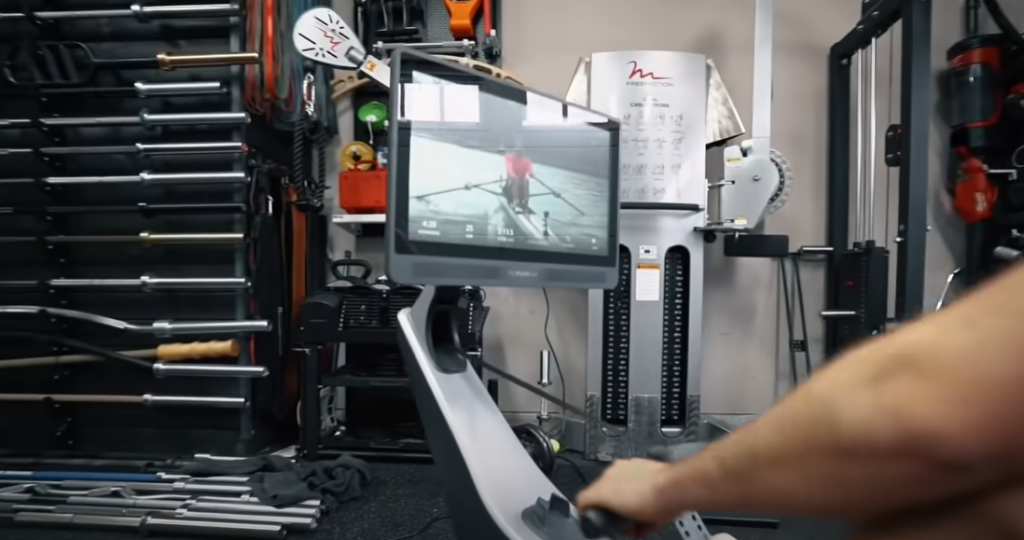
Best equipment for your fitness goals
When setting up a home gym, you can choose the best equipment for your fitness goals. You don’t need to worry about what is available at the local gym or if it’s been used heavily by other people. Additionally, you won’t be limited by the variety of machines and weights available at most commercial gyms. With a home gym, you can pick and choose exactly which pieces of equipment will help you reach your goals.
No more waiting for a station to open up
When working out at a traditional gym, you may have to wait for certain machines or weights to be available. With your own home gym, you never have to worry about competing with other people for access. This ensures that you always have the equipment necessary for your workout sessions without any delays or interruptions.
Absolute Focus and no small talk
When working out at home, you have absolute focus and no need to engage in small talk or be distracted by other people. This allows you to remain focused on your workout and get the most out of it. Plus, if you prefer to listen to music or watch television while exercising, this can easily be done in the privacy of your own home gym [2].
Cons of Home Gym
No Personal Trainer
One of the main cons of having a home gym is that you don’t have access to a personal trainer or fitness coach. Without this professional support, it can be difficult to have a workout plan and stay motivated. It can also be to correct form and technique without feedback from an experienced trainer.
No Competition
Home gyms also lack the social dynamic found in traditional gyms. Without other people around to provide motivation, it can be easy to lose focus and give up on your fitness goals.

Inadequate Equipment
It’s possible that your home gym won’t have all of the necessary pieces of fitness equipment that you need for an effective workout. A professional gym will have a much larger selection of machines, weights, and other fitness items to choose from. This can limit the number of exercises you’re able to do and reduce the effectiveness of your workout.
Space Restrictions
Home gyms are also limited by space restrictions. You may only be able to fit one or two pieces of equipment in your home gym – which significantly limits the type and number of workouts you can perform.
Diversions
At home, you may encounter more distractions than if you were at the gym. With family members and other interruptions, it can be difficult to stay focused on your workout. This is another factor that might reduce the effectiveness of your exercise routine.
Pros of a Commercial Gym
Different types of equipment
A commercial gym typically has a wide variety of equipment, ranging from cardiovascular machines such as treadmills, ellipticals, and stationary bikes to strength training machines like weight racks and selectorized units. Additionally, they often have dumbbells and barbells in various sizes available for free weight training. With the selection of different types of equipment available in a commercial gym, you can find something suitable for any type of workout or exercise regimen.
Ease of use
Unlike home gyms that require some level of knowledge to assemble and maintain, commercial gyms are usually ready to go with no setup required. This makes them ideal for those who don’t want to spend time setting up their own gym or learning how to use the equipment.
Group Classes
Many commercial gyms also offer group classes, such as aerobics, yoga, and strength training. These classes are usually led by an instructor and provide a great way to get motivated and stay on track with your fitness goals. Depending on the gym, some classes may even be free!
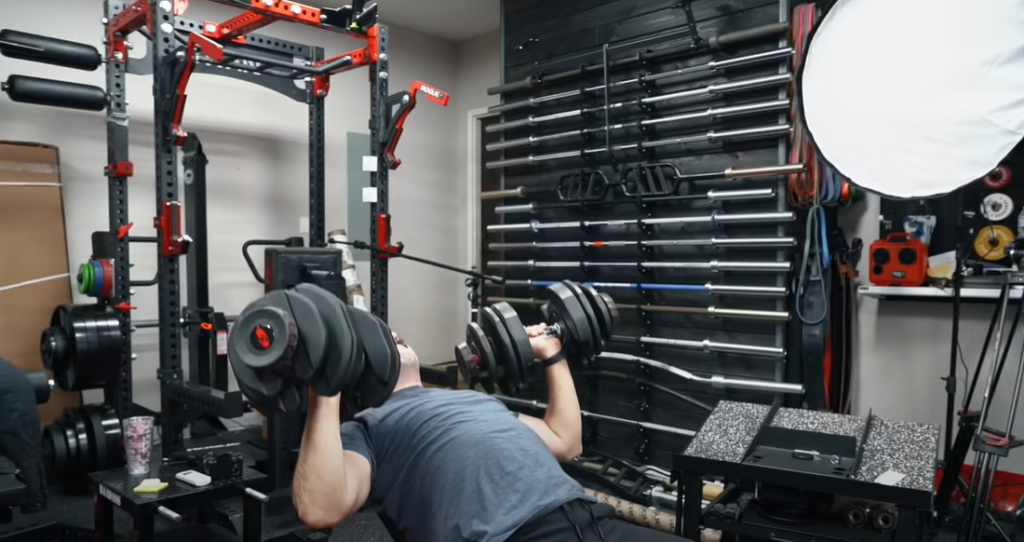
Professional Trainers
Some commercial gyms have certified personal trainers available for hire who can provide you with personalized instruction and advice. They can help you set realistic goals and create a customized plan to reach them. This is especially helpful if you’re just starting out or if you’ve hit a plateau in your progress.
Clean Environment
Unlike home gyms that may become cluttered or dirty over time, commercial gyms are usually well-maintained and kept clean. This creates a more inviting atmosphere and can help motivate you to stay on track with your workouts.
Social Environment
One of the biggest pros of working out at a commercial gym is the social aspect. Many people find it motivating to work out alongside others, as well as have someone who can spot them during weight training exercises. Additionally, some commercial gyms have amenities such as lounge areas where members can relax after their workouts and socialize with other members.
Discount on Memberships
Many commercial gyms offer discounted membership rates to students, seniors, and families. These discounts can help make gym memberships more affordable for those on a budget. Additionally, many gyms also offer special promotions throughout the year that may save you even more money [3].
Cons of a Commercial Gym
Hard to cancel Gym Membership
One of the biggest downsides to having a commercial gym membership is that it can be difficult to cancel. It often requires signing paperwork, making phone calls, and dealing with customer service representatives who may not want you to leave. This process can take weeks or even months and make it hard for you to move on with your life without feeling weighed down by an expensive contract.
High Costs
Commercial gyms generally cost much more than home gyms or other fitness options like running clubs or boot camps. Monthly fees can range from $20-$100 depending on the gym and chosen plan, as well as how many extra features are included such as tanning beds or personal trainers. These costs add up quickly and can make it difficult for some people to afford.
Lack of Privacy
Another downside to commercial gyms is the lack of privacy. Some people may not be comfortable working out in front of other people and can be intimidated easily by those who have a more advanced level of fitness. This can make it difficult for beginners to get started on their fitness journey or for experienced gym-goers to push themselves without feeling judged.
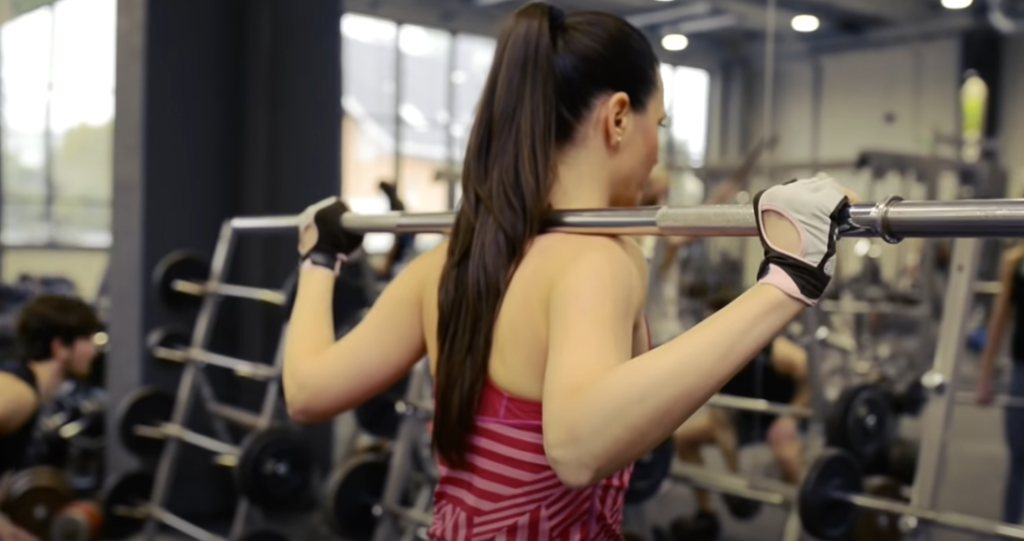
Crowded Environment
Commercial gyms tend to be crowded, especially during peak times like after work hours and weekends. This means that machines and weights are often taken and there could be long waits to access them if you’re not in the early morning crowd or wait till later at night when things are less busy. Additionally, overcrowding can make it hard to focus on your workout and increase the chances of injury.
Lack of Motivation
Finally, a downside to commercial gyms is the lack of motivation they can provide. For some people, having an instructor or personal trainer that is there to motivate and push them can be incredibly helpful to keep them on track. Without this extra help, it’s easy to become unmotivated and give up on your fitness goals. Additionally, many gyms don’t have as much variety in terms of classes or specialized equipment which can make it harder for you to stay motivated over time.
How to maintain your home gym?
- Make sure your home gym is kept clean and organized. Dust off any equipment after use, and put away weights, jump ropes, mats, etc. in their proper place.
- Regularly inspect the condition of your machines and other fitness equipment for signs of wear and tear or damage to prevent injuries from occurring during exercise.
- Invest in a quality mat to protect your flooring from damage caused by heavy weights or sharp gym objects. Keep it clean and dry for optimal performance.
- Replace worn-out parts on machines such as belts, cables, handles, and cushioning when necessary to ensure safety during workouts.
- Use protective covers on your machines if they will be stored away for extended periods.
- Keep gym equipment away from heat and direct sunlight to protect them from fading and cracking over time.
- Establish a regular maintenance schedule for your home gym equipment to keep them functioning properly and in top condition.
- Make sure that all machines are stable and secure before using them, paying special attention to any bolts or screws that may have become loose over time.
- Have a professional inspect your home gym once a year to ensure it is safe and up-to-date with the latest safety standards.
- Check the manufacturer’s guidelines for lubricating moving parts such as elliptical arms or weight stack pins for optimal performance and longevity.
- Replace any cords, straps, bands, or other fitness accessories that may be worn out from use over time to ensure they are safe and effective during workouts.
- Lastly, have fun with your home gym! Find new ways to mix up your routine and keep yourself motivated to stay healthy and fit!
Get creative with your exercises and try something new each time you hit the gym – it will make working out more enjoyable [4]!

FAQ
Is it better to have a home gym or gym membership?
The answer to this question depends on your individual fitness goals and preferences. A home gym can be a great way to have access to a variety of equipment and stay motivated, whereas a gym membership may offer more variety in terms of classes, amenities, and expertise. Ultimately, the best choice depends on what works for you in terms of convenience, cost, and availability.
If you’re considering investing in a home gym, it’s important to think about how much space you have available and consider the types of workouts or exercises you’d like to do. Additionally, if budget is an issue, then researching different gym memberships in your area can help you find one that fits your needs without breaking the bank!
Can a home gym replace a gym?
A home gym can certainly supplement or even replace a traditional gym membership, depending on your fitness goals and preferences. With a home gym, you have complete control over the equipment you use, as well as the ability to work out when it is most convenient for you. However, it’s important to remember that a traditional gym may offer additional amenities such as classes, machines, and expertise that are not available in your own home. Additionally, if budget is an issue, then researching different gym memberships in your area can help find one that fits your needs without breaking the bank!
Are there any tips for setting up a home gym?
Yes, there are a few tips for setting up a home gym that can help maximize its effectiveness and keep you motivated. First, it’s important to consider the space available in your home and plan accordingly. Make sure to leave enough room for any pieces of equipment you purchase so you can move around freely and safely. Additionally, investing in quality fitness equipment is key – look for items with good reviews or recommendations from experts. Finally, try to make your home gym inviting by decorating it with motivational quotes or artwork that inspires you to stay active!
What types of exercises can be done at a home gym?
Many different types of exercises can be performed at a home gym depending on your goals and preferences. Resistance training exercises like squats, lunges, and push-ups are always great options to start with. Additionally, you can use free weights, kettlebells, bodyweight exercises, or machines for weightlifting. Cardio equipment such as a treadmill or stationary bike can also be used for aerobic exercise. Finally, stretching and yoga are other popular workout options that can easily be done from the comfort of your own home!
What is the best way to stay motivated when working out at home?
Staying motivated while exercising at home can be challenging but there are a few tricks that might help. First, setting realistic goals and tracking progress can help keep you focused on your fitness journey. Secondly, invest in quality equipment that fits your needs so you can get the best workout possible. Finally, try to make your home gym inviting by adding decorations that inspire you to stay active! Additionally, remember to take breaks when needed and reward yourself for progress made – these small things can make a big difference in staying motivated!
Should I have a gym at home?
Whether or not you should have a gym at home depends on your individual fitness goals and preferences. If having access to a variety of equipment and being able to work out at any time is important, then investing in a home gym may be the best option for you. However, if budget is an issue, then researching different gym memberships in your area can help find one that fits your needs without breaking the bank! Ultimately, the best choice depends on what works for you in terms of convenience, cost, and availability.
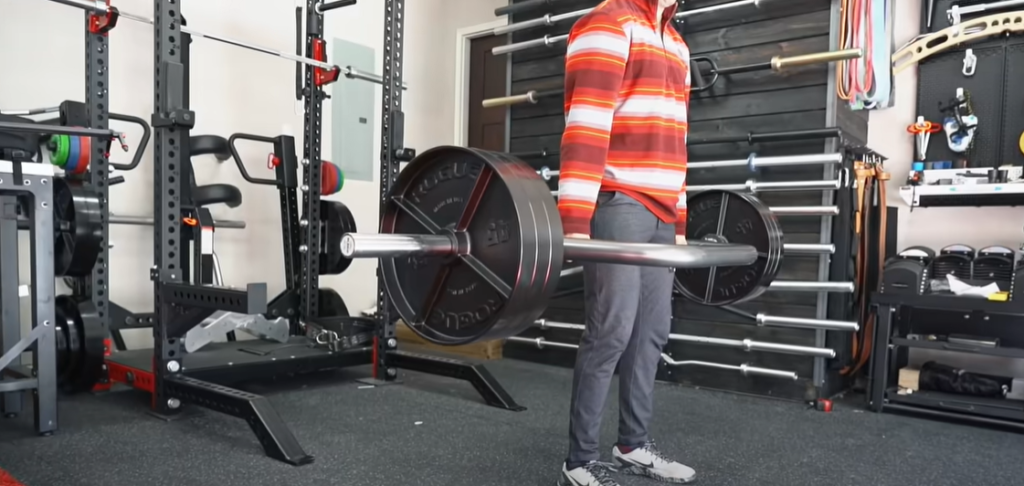
Is a home gym cheaper than a gym?
In most cases, a home gym is significantly cheaper than a traditional gym membership. However, it’s important to consider the upfront cost of purchasing any equipment you may need in addition to the ongoing maintenance costs. Additionally, if budget is an issue then researching different gym memberships in your area can help find one that fits your needs without breaking the bank! Ultimately, weighing all of these factors will help determine which option is more cost-effective.
Is a home workout enough to build muscle?
Yes, it is possible to build muscle with a home workout depending on your individual fitness goals. Resistance training exercises like squats, lunges, and push-ups can be used in combination with free weights or kettlebells to help build muscle mass. Additionally, investing in quality equipment is key – look for items with good reviews or recommendations from experts. Finally, make sure to track progress and adjust the intensity of your workouts when needed – this will ensure you’re getting the best results possible!
What are the downsides of a home gym?
The main downside of having a home gym is the upfront cost of purchasing any necessary equipment, as well as the ongoing maintenance costs. Additionally, if you are a beginner or don’t have experience with fitness and exercise, then it may be difficult to know which equipment to buy or how to effectively use it. Finally, working out at home can be lonely without a supportive community – traditional gyms often provide this in addition to access to instructors and trainers who can help guide you on your fitness journey!
Are home gyms better than free weights?
Whether or not a home gym is better than free weights depends on your individual fitness goals and preferences. Free weights are often preferable for strength training since they require more balance and coordination to lift, but machines can also be used to target specific muscle groups. Additionally, investing in quality equipment is key – look for items with good reviews or recommendations from experts. Ultimately, the best choice will depend on what works for you in terms of convenience, cost, and availability.
What are some tips for setting up a home gym?
When setting up a home gym it’s important to consider your individual fitness goals and preferences when choosing which equipment to buy. Investing in quality items that fit your needs should take priority over quantity – look for items with good reviews or recommendations from experts. Additionally, it’s important to plan out your space in advance and make sure you have enough room to move freely between different pieces of equipment. Finally, don’t forget about accessories like mats and hand weights – these smaller items can play a big role in helping you get the most out of your home gym!
Why is indoor gym better than outdoor?
Indoor gyms offer a variety of advantages that outdoor workouts may not be able to provide. Indoor gyms often have more consistent and controlled environments that can help make exercise routines easier to follow and track progress, as well as access to instructors and trainers who can provide guidance. Additionally, many indoor gyms are open 24/7 which can make it easier to find time for fitness even with busy schedules. Finally, indoor gyms also provide access to a supportive community – something that is often lacking in outdoor workouts! Ultimately, the choice between an indoor or outdoor gym should depend on what works best for you in terms of convenience, cost, availability, and personal preference.
Should I join a gym or run outside?
The decision between joining a gym or running outside is ultimately up to you and what works best for your lifestyle. Joining a gym means having access to quality equipment, instructors, and trainers, as well as the support of a community, while running outside is free and allows you to enjoy the fresh air. Additionally, it’s important to consider other factors like cost, convenience, and availability when making your decision – these will help determine which option is more cost-effective. Ultimately, the choice should come down to what works best for you in terms of results and enjoyment.
What is the disadvantage of the outdoor gym?
Some of the disadvantages of outdoor gyms include unpredictable weather, limited access to equipment, and a lack of a supportive community. Additionally, outdoor gyms may require more space than indoor ones, meaning you may need to travel further or buy additional items like mats to do certain exercises. Finally, some people may not feel comfortable exercising outside if they are worried about privacy or safety.
Useful Video: True Cost of a Home Gym (Is a Home Gym or Commercial Gym BETTER?)
Conclusion
Home gym or gym membership? Ultimately, the decision on whether to choose a home gym or gym membership should be based on personal preference and needs. Home gyms may provide more convenience in terms of accessibility and scheduling, while gym memberships can often be more cost-effective and offer access to more specialized equipment, as well as social benefits from attending classes with others. Whichever route you choose, it’s important to find an option that fits your lifestyle and budget so that you can stick with it for the long haul. By investing in either a home gym or gym membership, you will set yourself up for success when it comes to achieving your fitness goals.
References:
- https://www.planetfitness.com/community/articles/how-choose-gym-6-important-factors-consider
- https://livefit.com/blogs/livefit/the-top-10-reasons-to-have-a-home-fitness-room
- https://www.artofmanliness.com/health-fitness/fitness/garage-vs-commercial-gyms/
- https://www.topfitness.com/blogs/blog/tips-for-keeping-your-home-gym-clean




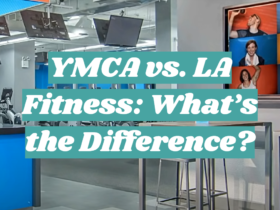
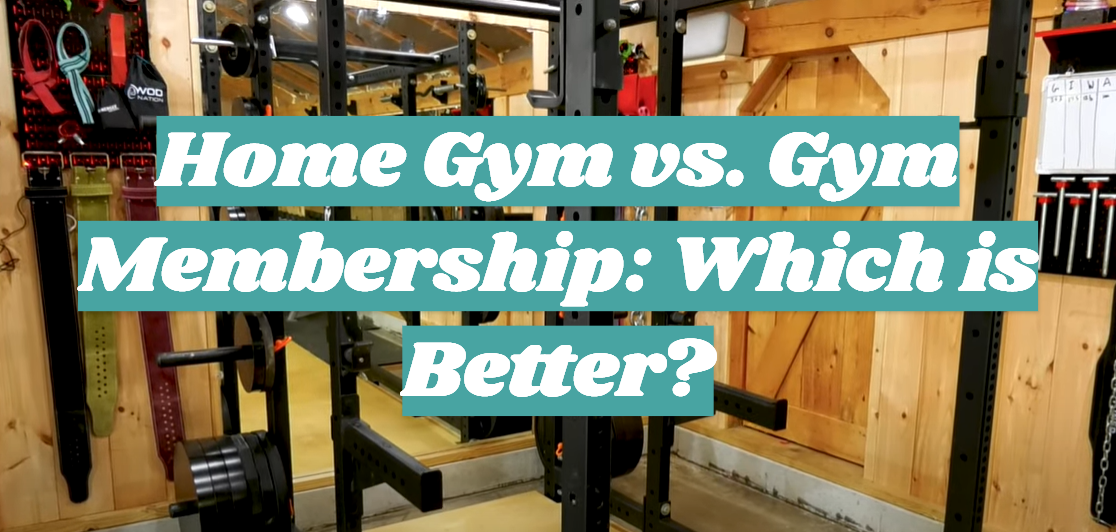

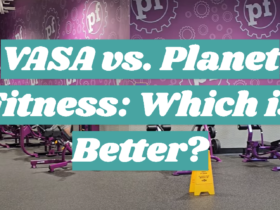

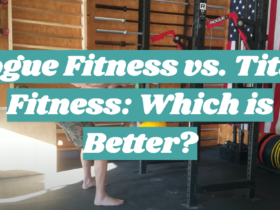
Leave a Review